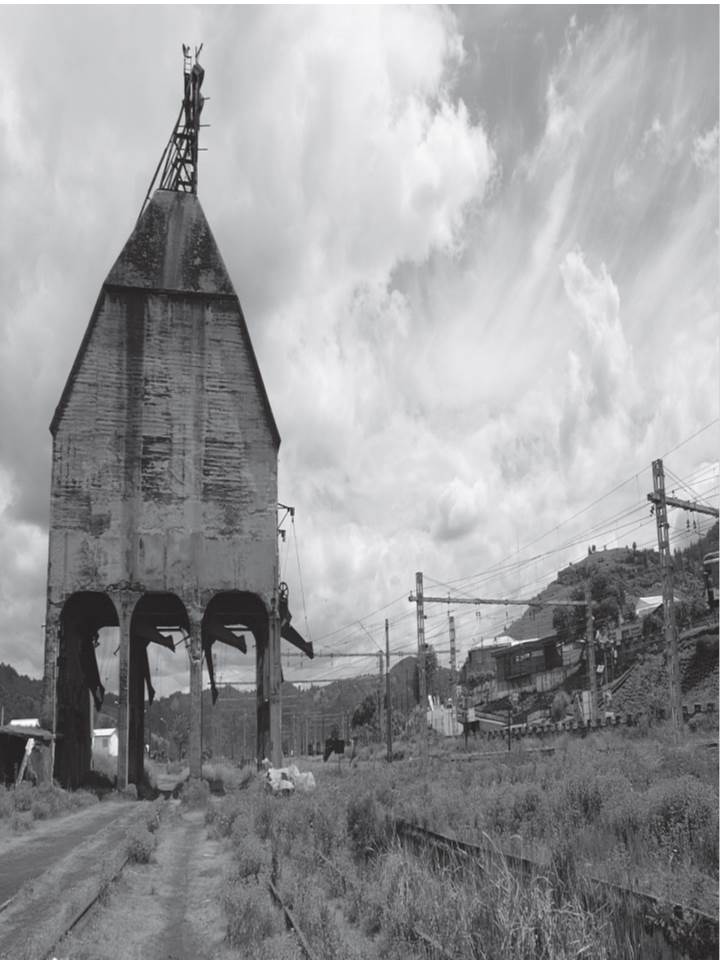Resumen
El artículo reflexiona sobre las condiciones de “abandono cultural” de la arquitectura industrial en Chile, tomandocomo ejemplo y referente la arquitectura de las grandes maestranzas ferroviarias, las cuales forman parte del patrimonioarquitectónico a lo largo de todo el país. Actualmente ellas configuran paisajes industriales de abandonoen grandes terrenos urbanos, emplazados en zonas estratégicas de las ciudades. Las edificaciones ferroviarias seencuentran en su mayoría en desuso y prácticamente sin protección patrimonial, solo algunas han sido declaradasMonumento Nacional, sin embargo, las investigaciones desarrolladas en torno al tema concluyen, en parte, que lasimple declaratoria de bien protegido no basta para la preservación de este considerable patrimonio en riesgo de desaparecer,ya que no existe tampoco una política de valoración cultural con un enfoque histórico-social del significadodel ferrocarril en el desarrollo de la nación, solo existen iniciativas aisladas en relación con el tema. La condición deriesgo se plantea a partir de las vulnerabilidades propias de las condiciones constructivas, del abandono y la faltade una política de valoración socio-cultural, y por otra parte, según las amenazas, tanto ambientales como urbanas,producidas principalmente por las presiones inmobiliarias y las políticas de desarrollo urbano.La revista Apuntes se encuentra registrada bajo la licencia Creative Commons Reconocimiento 4.0 Internacional. Por lo tanto, esta obra se puede reproducir, distribuir y comunicar públicamente en formato digital, siempre que se reconozca el nombre de los autores y a la Pontificia Universidad Javeriana. Se permite citar, adaptar, transformar, autoarchivar, republicar y crear a partir del material, para cualquier finalidad (incluso comercial), siempre que se reconozca adecuadamente la autoría, se proporcione un enlace a la obra original y se indique si se han realizado cambios. La Pontificia Universidad Javeriana no retiene los derechos sobre las obras publicadas y los contenidos son responsabilidad exclusiva de los autores, quienes conservan sus derechos morales, intelectuales, de privacidad y publicidad.
El aval sobre la intervención de la obra (revisión, corrección de estilo, traducción, diagramación) y su posterior divulgación se otorga mediante una licencia de uso y no a través de una cesión de derechos, lo que representa que la revista y la Pontificia Universidad Javeriana se eximen de cualquier responsabilidad que se pueda derivar de una mala práctica ética por parte de los autores. En consecuencia de la protección brindada por la licencia de uso, la revista no se encuentra en la obligación de publicar retractaciones o modificar la información ya publicada, a no ser que la errata surja del proceso de gestión editorial. La publicación de contenidos en esta revista no representa regalías para los contribuyentes.


